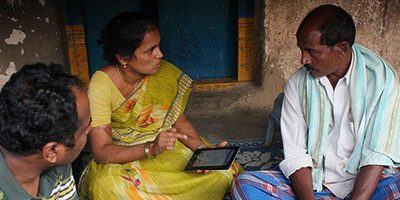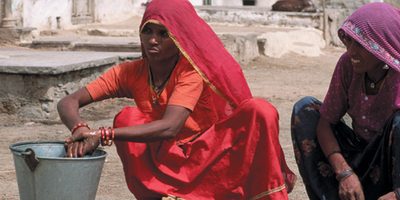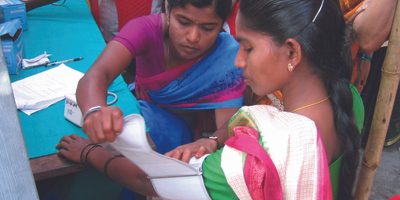
Rural Andhra Pradesh Cardiovascular Prevention Study (RAPCAPS)
The results of the mortality surveillance and the high prevalence of cardiovascular disease identified by the survey highlighted the importance of cardiovascular disease in the rural community of East and West Godavari districts. The survey also served to highlight huge opportunities for prevention by addressing gaps in knowledge, behaviours and treatments for cardiovascular disease prevention. A cardiovascular health intervention was implemented in 44 villages of this region.
Aims
The study had two aims. First, to identify individuals at high-risk of cardiovascular disease and manage them according to basic guidelines and second, to define the effects of a health promotion campaign on population knowledge of the determinants of cardiovascular disease.
The two main hypotheses evaluated were:
- Algorithm-based care: a low-cost cardiovascular disease prevention strategy based on simple clinical algorithms implemented by primary health care providers will lead to improved identification of individuals at high–risk of cardiovascular disease
- Health promotion: a low-cost health promotion campaign targeting cardiovascular disease prevention will lead to increased knowledge of the determinants of cardiovascular disease amongst the general population
For both hypotheses the control condition was continued usual practice.
Methods
This study was a factorial, cluster-randomised trial in which villages were exposed to one, both or neither of the interventions for a period of about 12 months. Door-to-door surveys of every household in every village were conducted to assess outcomes in all high-risk individuals and a sample of the general population. In practical terms the trial was a 2x2 factorial cluster randomised trial evaluating the effects of each of the two interventions amongst high risk individuals and a two arm parallel group cluster randomised trial evaluating the effects of the health promotion campaign in the adult population.
Outcome
The outcomes of the trial are listed below:
- Effects on identification of high risk individuals
- Effects on use of drug treatments for secondary prevention
- Effects on provision of advice about non-drug preventive strategies
- Effects on knowledge about non-drug preventive strategies
- Effects on uptake of non-drug preventive strategies
- Physical measurements
In addition, health care providers working in the study villages were invited to complete a self-administered questionnaire to evaluate their knowledge attitudes and practices relating to cardiovascular diseases.
Status
Analysis of the data is underway.





